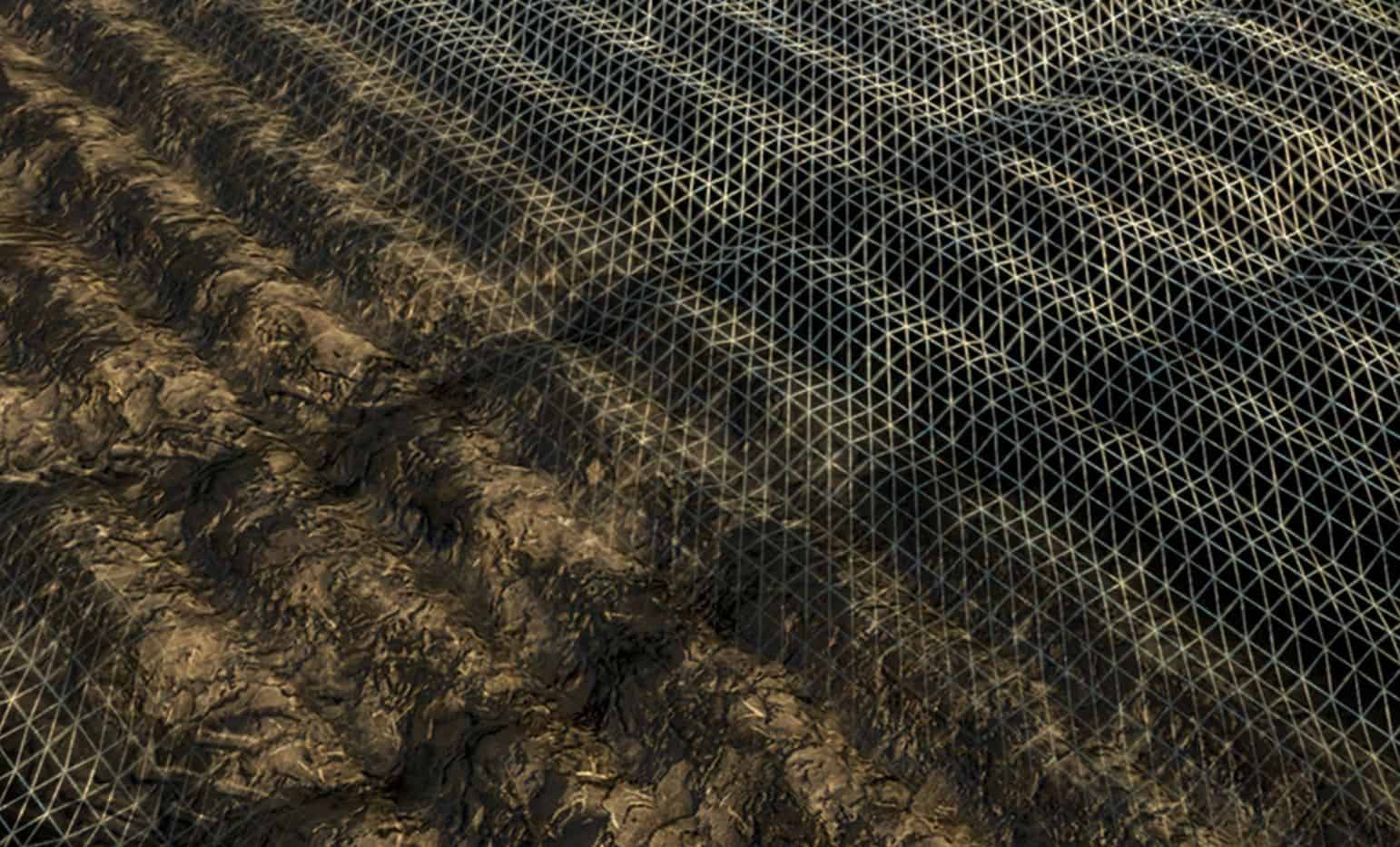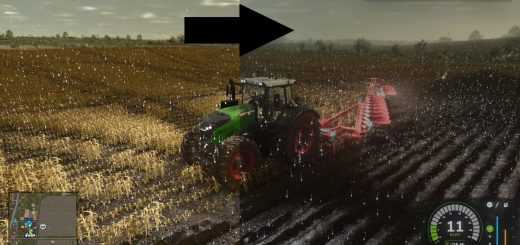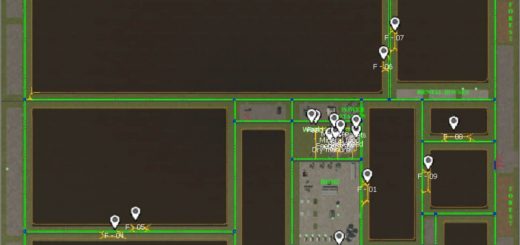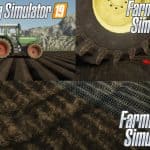
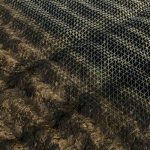
Exploring the Advanced Soil Compression Physics in FS25
The release of Farming Simulator 25 is just around the corner, and we’re all eagerly searching for new information about the game’s latest features. While details are still sparse, the developers have hinted at exciting new mechanics, functions, and opportunities in FS 25. One of the most anticipated updates is the enhanced soil physics. In this new version, the developers have focused on making the interaction between machinery and soil more realistic and engaging. Unlike its predecessors, Farming Simulator 22 and 19, which lacked proper soil compression and had unimpressive field track physics, FS 25 promises a more intricate and immersive experience in this area. Get ready for something truly intriguing!
Soil Compression
One of the standout features of the new soil physics in Farming Simulator 25 is the introduction of compression, which was notably absent in previous versions. Now, when machinery passes over plowed or cultivated fields, it will leave realistic, three-dimensional tracks that look more like actual depressions in the soil rather than flat textures. This means that the ruts will genuinely sink into the ground, giving the impression of heavy agricultural machinery impacting the earth. While such details might not be immediately noticeable during gameplay, they significantly contribute to the overall visual realism of the game, making them quite important.
Additionally, these compressed tracks will appear not only on plowed and cultivated fields but also on any other terrain. The developers have mentioned that this effect is more decorative and will not be permanent. Nevertheless, many players have been longing for more realistic soil compression physics, and it seems their wishes will be fulfilled with the release of Farming Simulator 25.
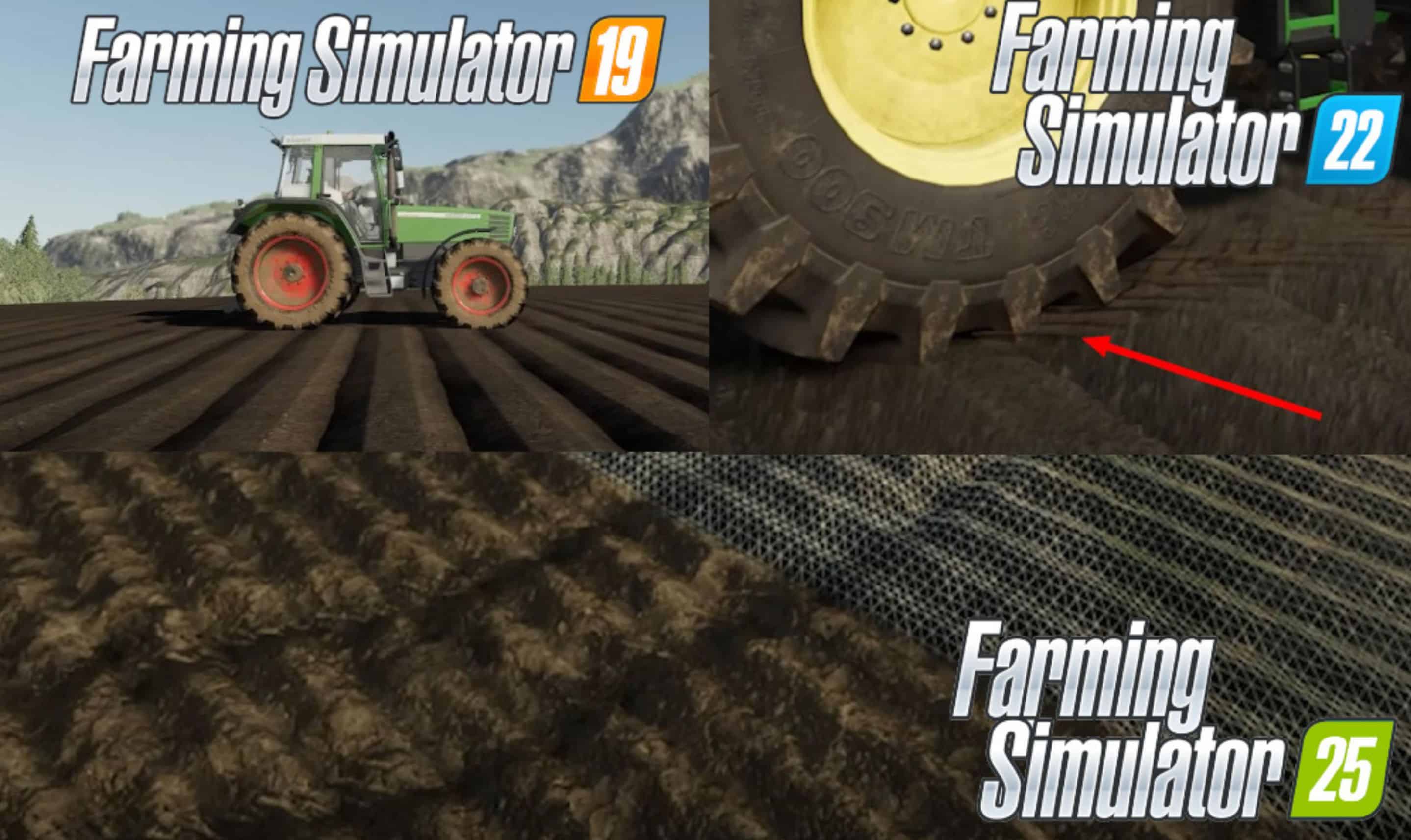
Influence of Weather Conditions
In Farming Simulator 25, soil compression will also be influenced by the type of soil and weather conditions. For instance, during rainy weather, machinery will leave deeper tracks in the soil, whereas dry soil will result in shallower tracks. This variation will impact the shape, depth, and appearance of the tracks, adding another layer of realism to the gameplay.
Temporary Changes
These tracks will be purely decorative and will not affect crop yield. When the soil with these tracks is worked on with a plow or another tool, the tracks will disappear. This means that the compressed tracks are not permanent and will fade over time, similar to how tracks from machinery fade in previous versions of the game.
Impact on Yield
Despite the enhanced realism of these new effects, soil compression will not impact yield. This decision was made to avoid complicating gameplay and to allow players to acclimate to the new feature without overwhelming them.
While this doesn’t add new functionality or unique features, the visual realism will be significantly enhanced with the new soil physics.
Flooding Fields with Water
Another exciting addition related to soil physics is the ability to flood fields with water for rice planting. As announced, FS25 will introduce rice as a new crop, which requires planting in specially flooded fields after the seeds are first grown in a greenhouse. Players can use pumps to flood fields, creating the necessary conditions for rice cultivation. This innovation will add a new strategic element to farm management.
Conclusion
The new soil physics in Farming Simulator 25 will significantly enhance the overall gaming experience and improve the visual style of the game. Soil compression, the influence of weather conditions, and temporary changes may not drastically alter gameplay, but they will make it deeper and more engaging. We eagerly await the release of the game to see these features in action. In the meantime, let’s keep an eye on the latest updates!

